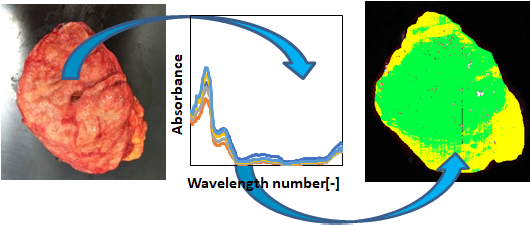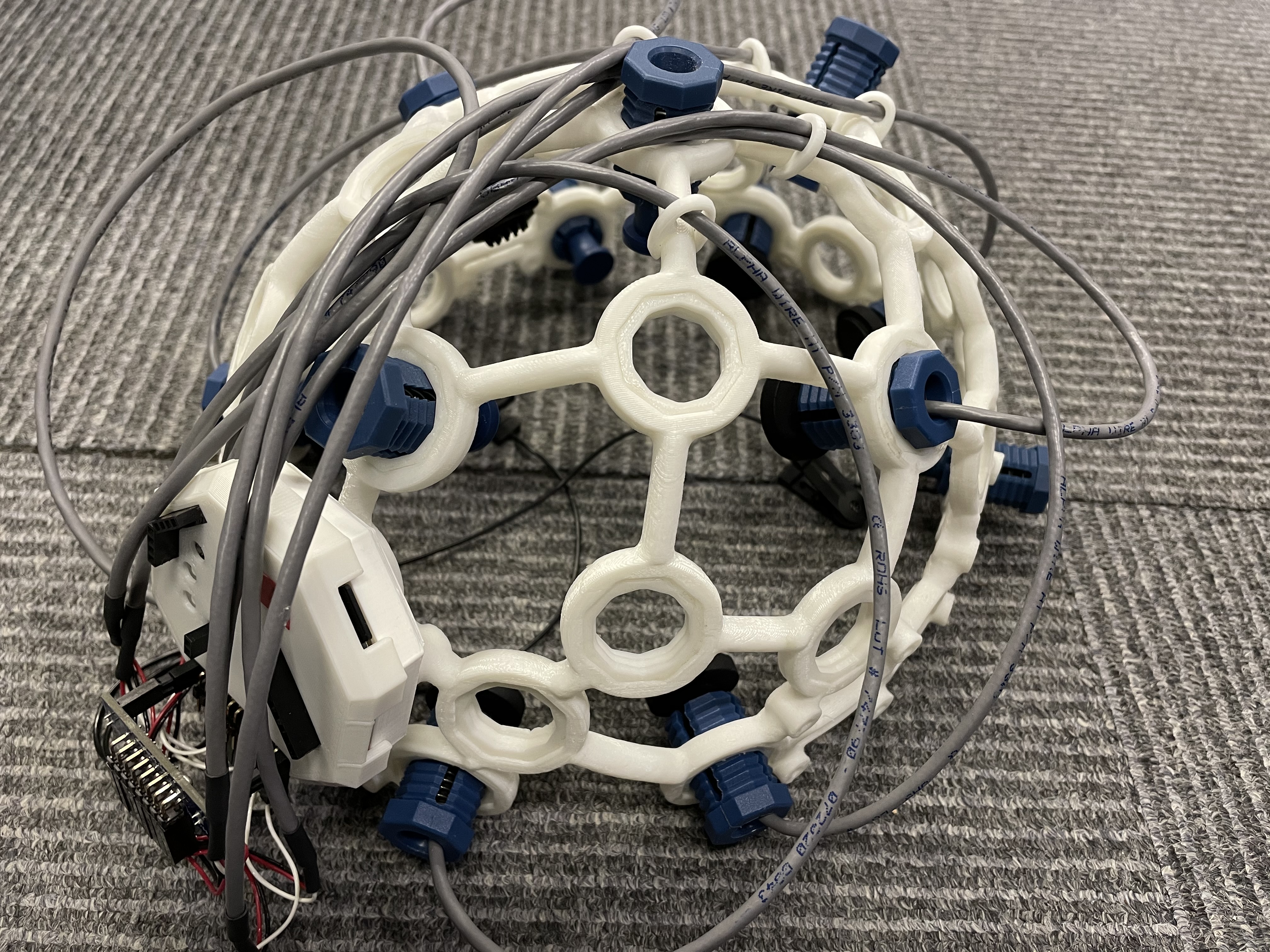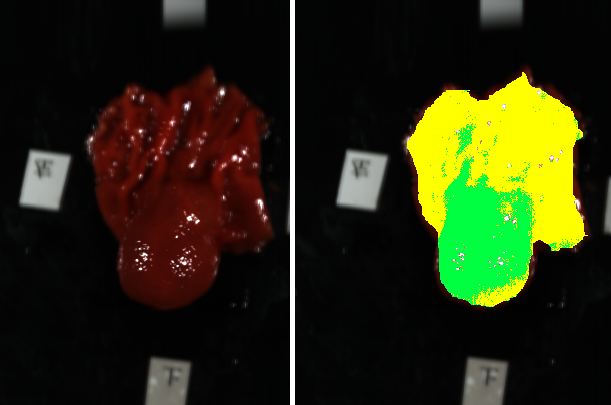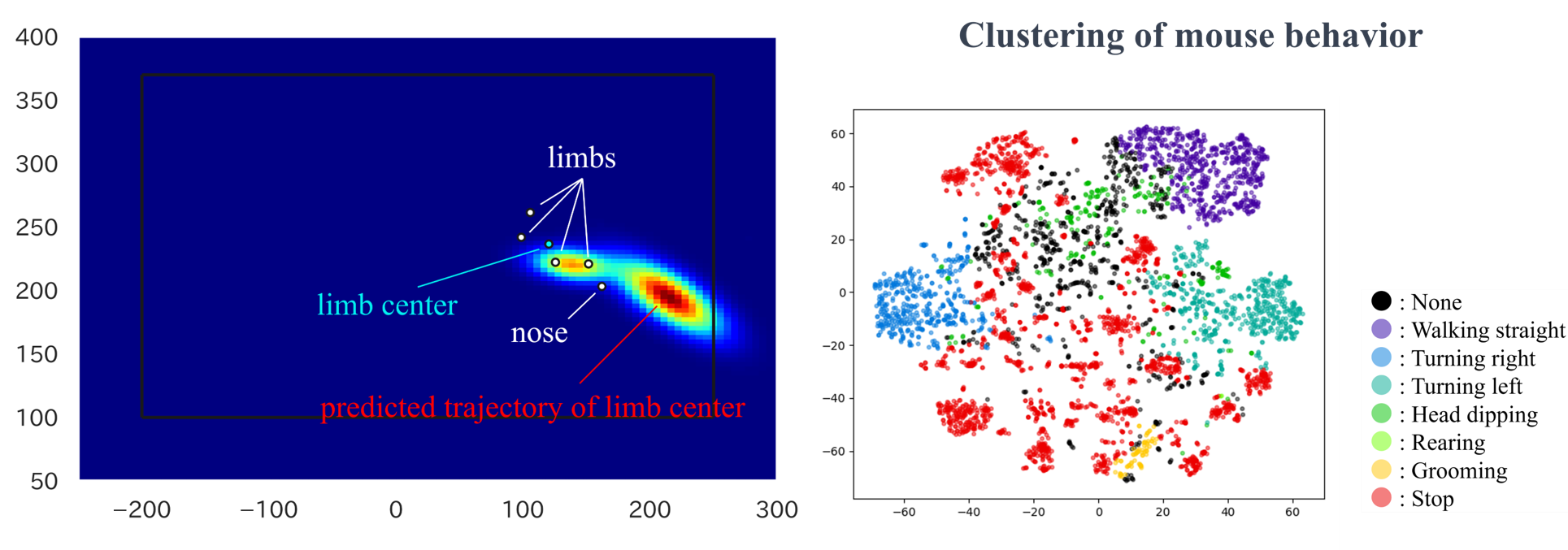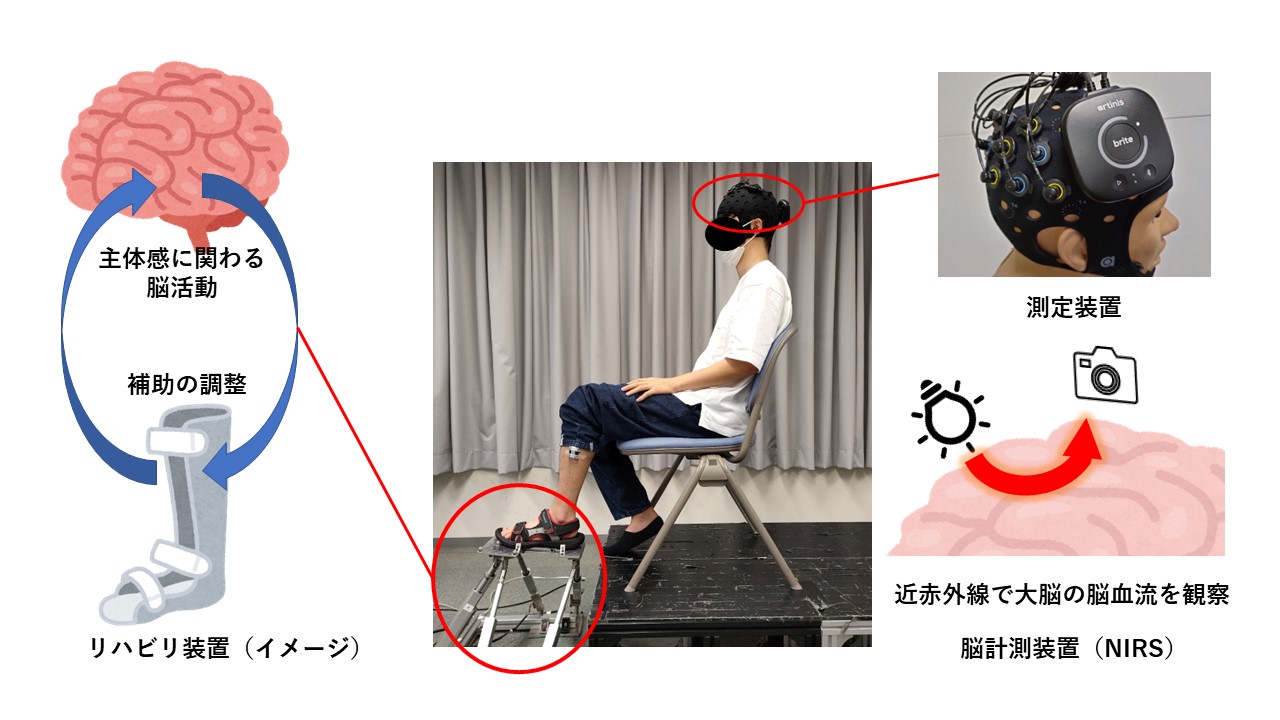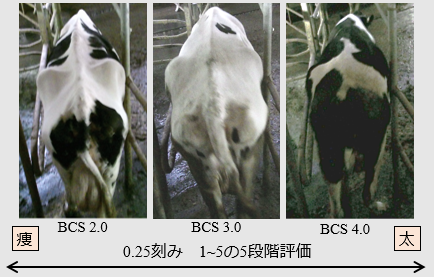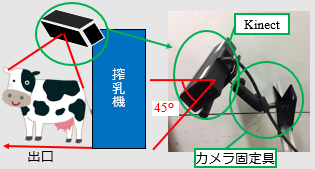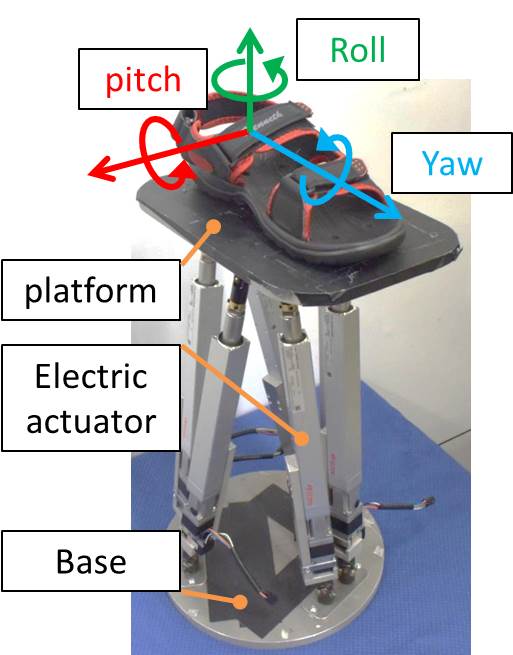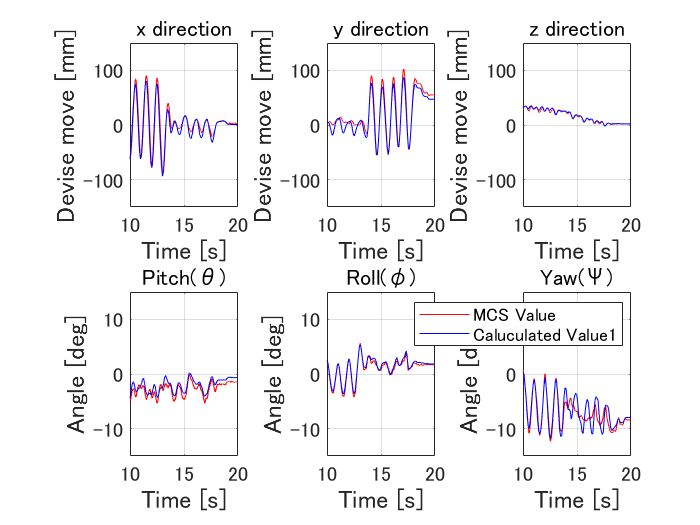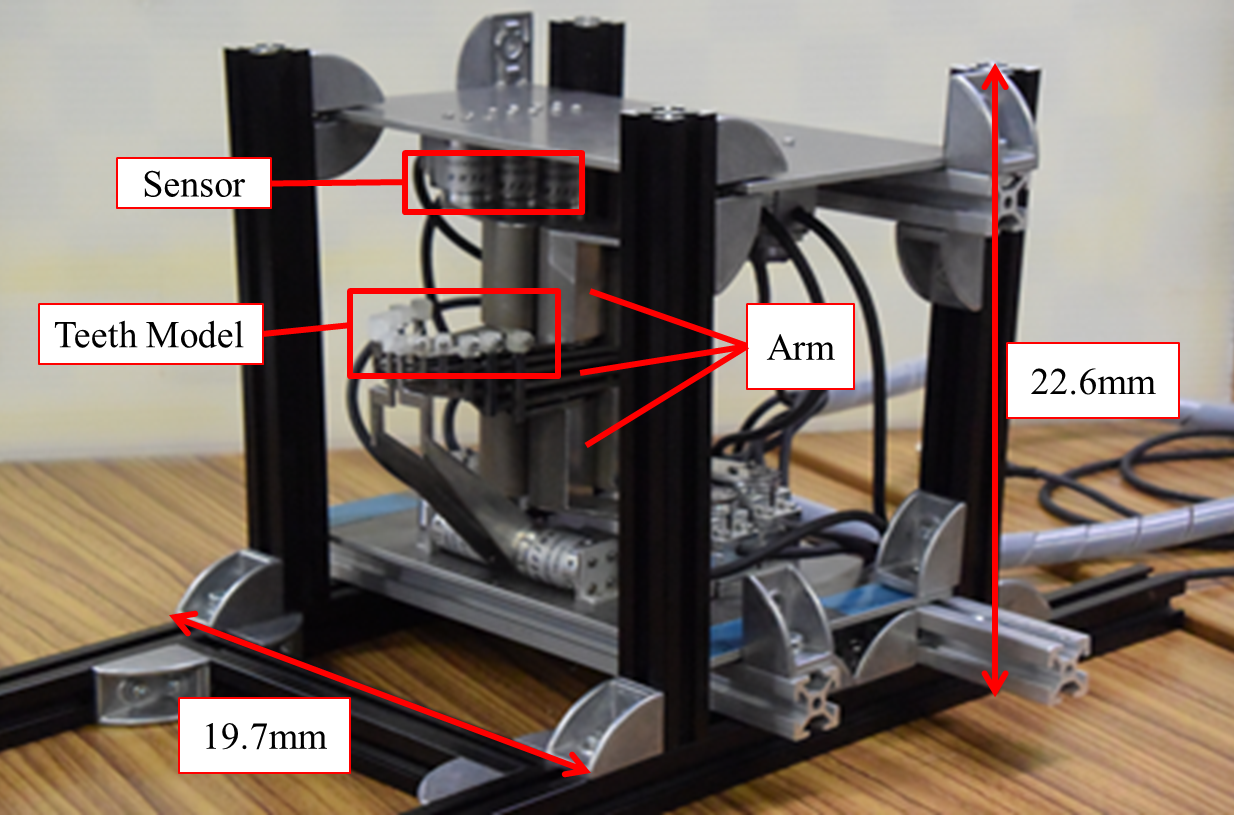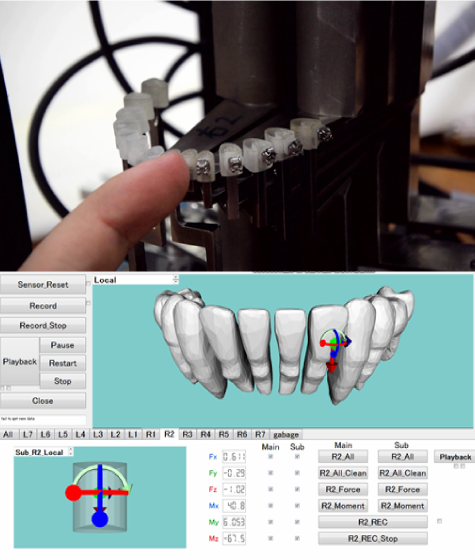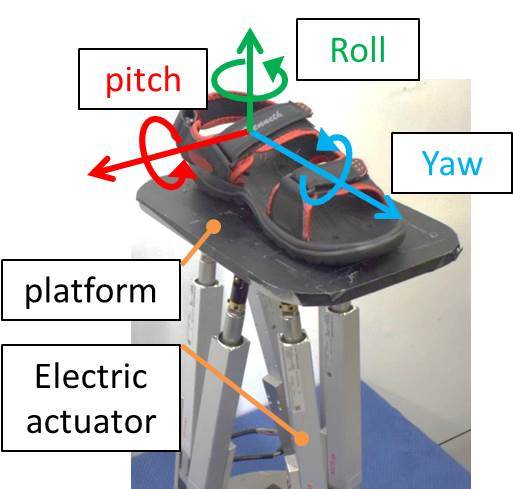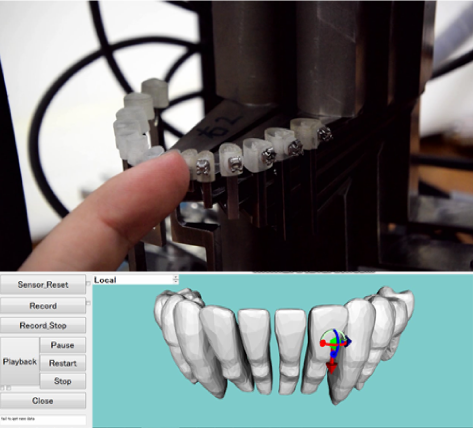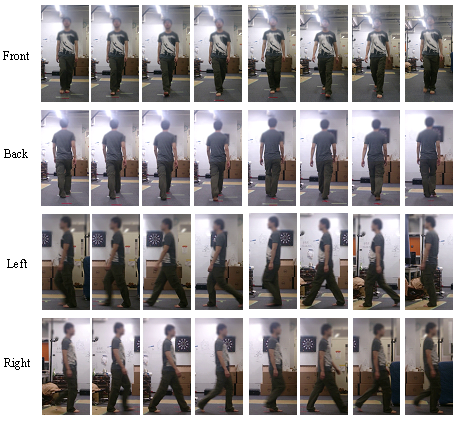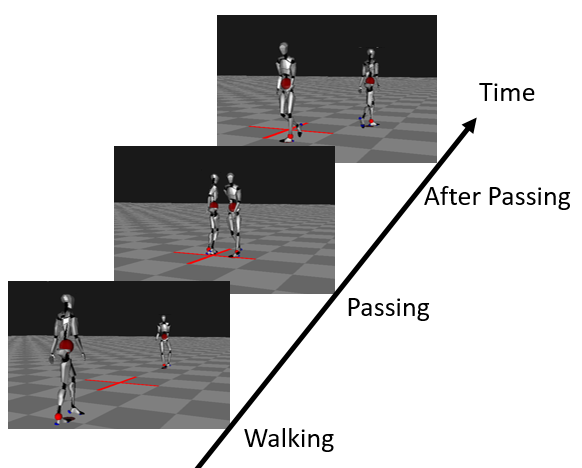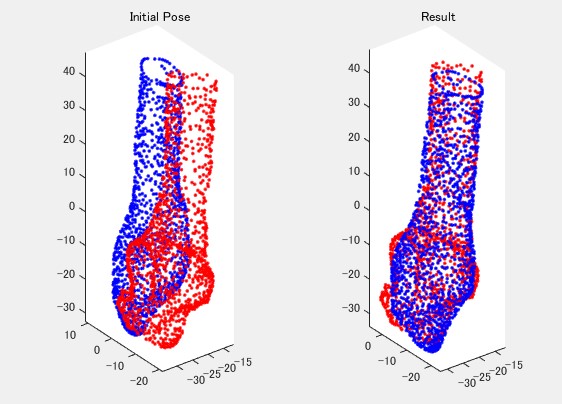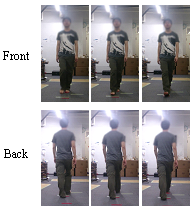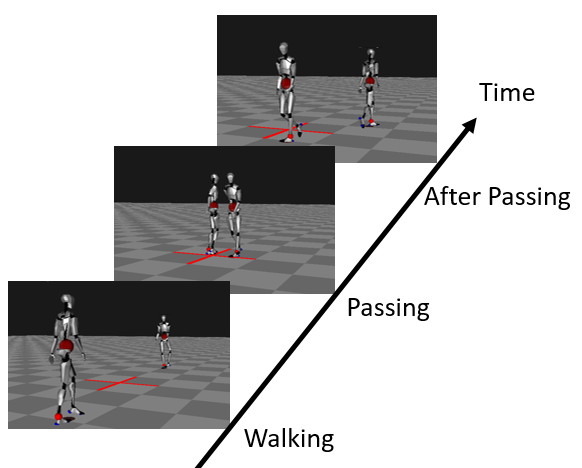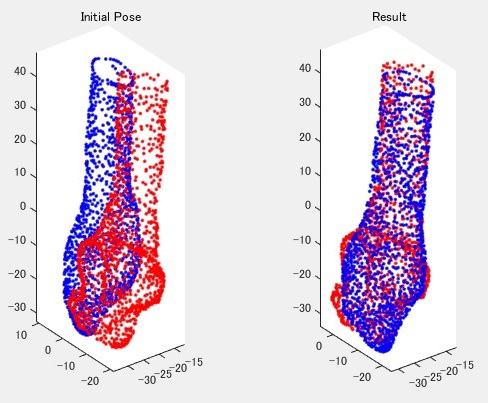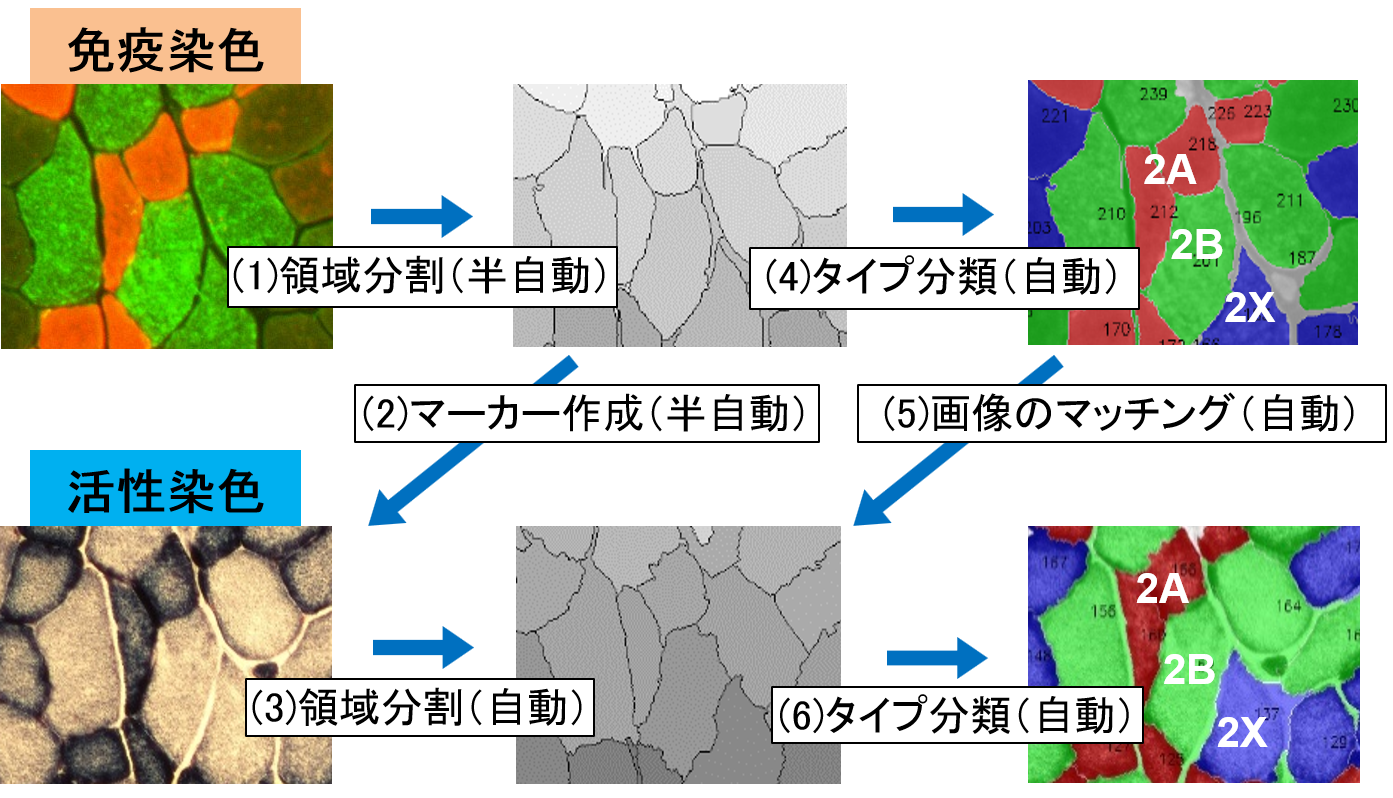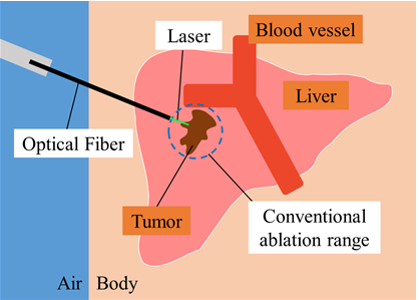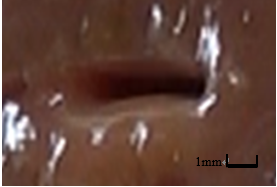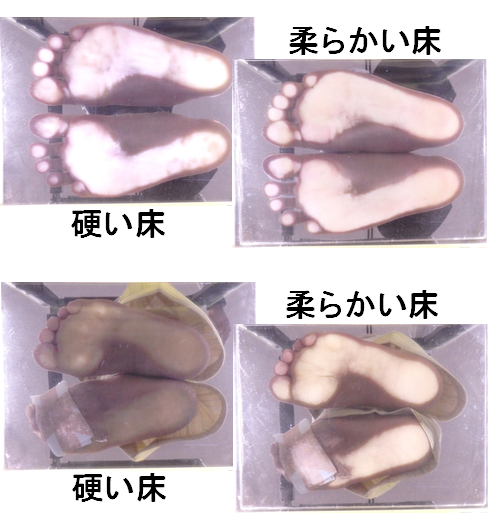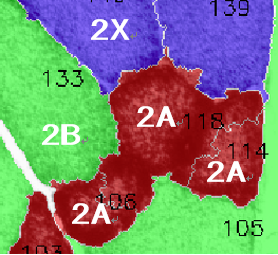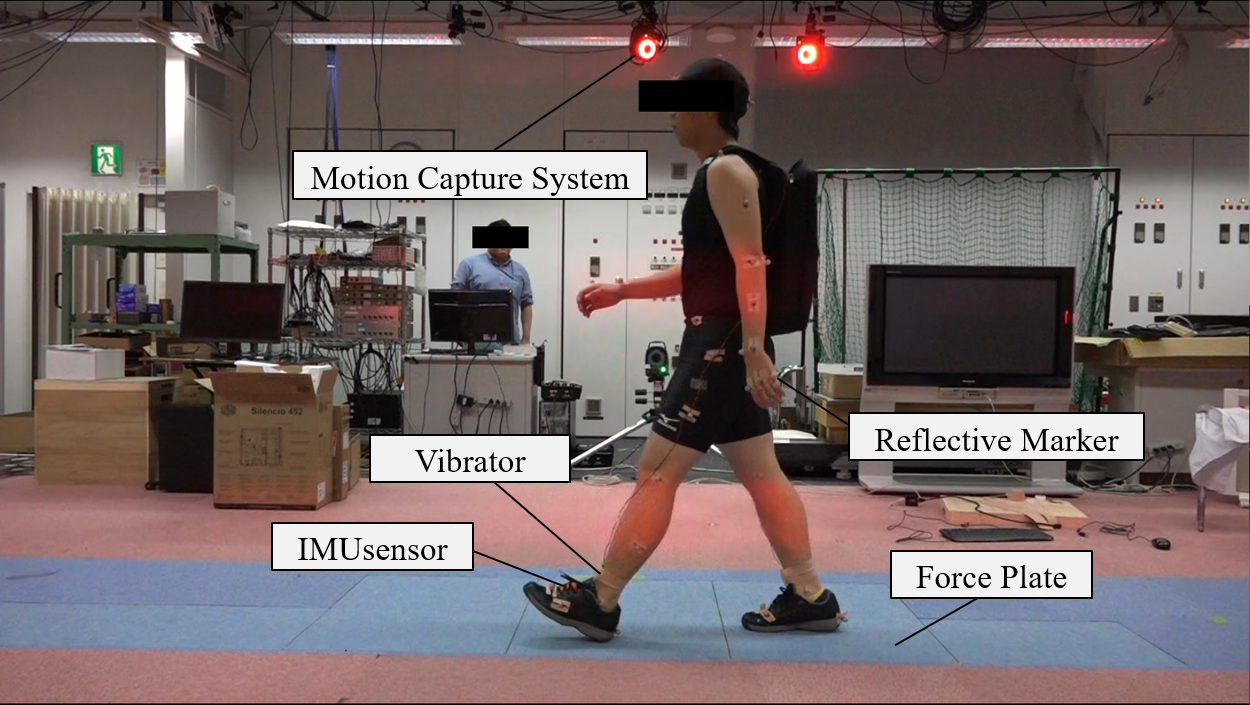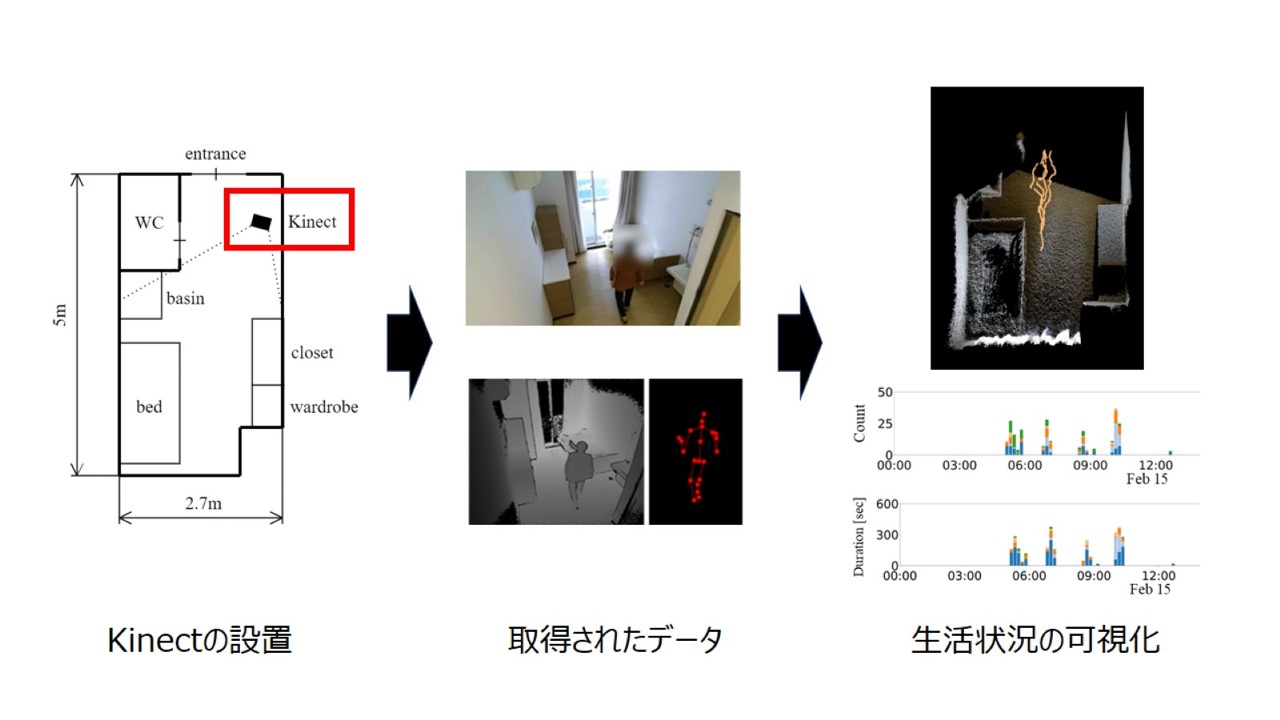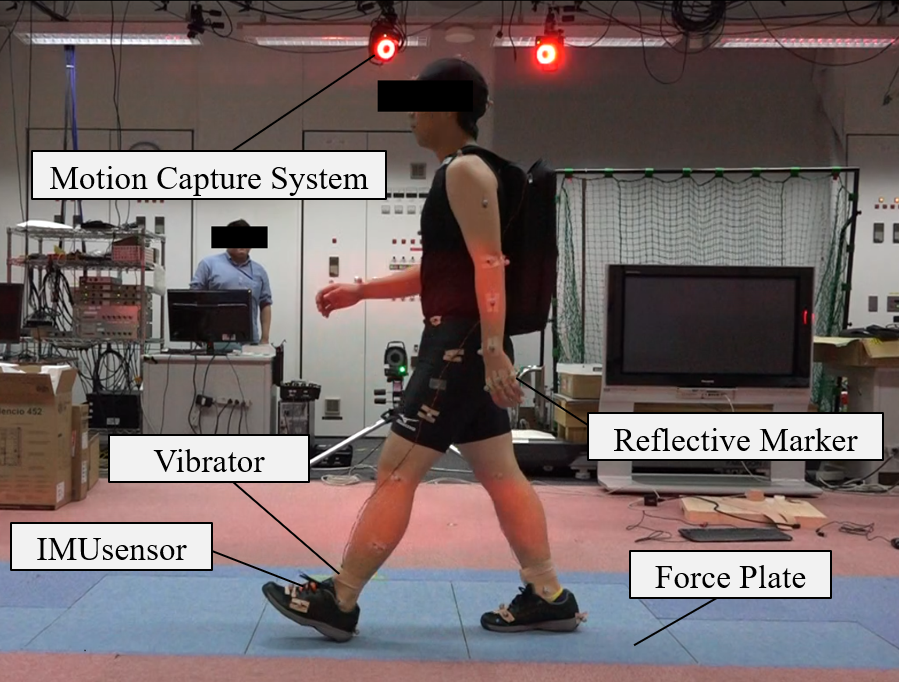In present-day Japan, there are more than one in 10 patients suspected of having diabetes.
Furthermore, 1 in 3 people suffer from a disease called diabetic neuropathy. If the disease gets worse,
it will lead to necrosis and amputation of the foot, treatment is extremely difficult, but if the symptoms are light,
treatment with medical treatment etc. is possible.
However, current inspection methods require a great deal of work. Therefore, it is expected to establish a method that
enables early detection of diabetic neuropathy by a different examination method from the past. Previous studies
have shown that diabetic neuropathy patients have poor blood flow in the foot and that the amount of sweating reduces
the skin on the sole of the foot.
In this research, we think that differences occur in the contact area of the sole and floor on soft and hard floors, and
propose a method to determine the severity by comparing the magnitude of the difference from image processing did.
Currently we are conducting experiments to verify the usefulness of the proposed method.
Close
Skeletal muscle weakness is an important factor in many different chronic diseases and aging,
so it is an important task to elucidate the skeletal muscle weakness mechanism nowadays
when the improvement of healthy life span is required. Important morphological features of muscle fibers,
such as the cross-sectional area, shape, type, number and location of muscle fibers, are one of the important factors
that determine muscle health and function. Histological analysis of skeletal muscle in consideration of these morphological
features is required to elucidate the relationship between chronic disease and aging and skeletal muscle weakness.
However, at present, quantification of the morphological features of these muscles is still a manual or
semi-automatic method based on muscle measurements and requires extensive human intervention. It is required
to analyze skeletal muscle to reduce the time and effort required to quantify the morphological characteristics of muscle.
Therefore, we developed software that automates the task of image analysis of skeletal muscle
by utilizing image processing.
Apply γ correction as pre-processing to the Watershed method so that the cell division in the image
can be divided into regions simply by one-touch with the mouse, and to classify the cells by type,
the luminance value for each cell or Automatic classification was made possible from the values of color and
cross-sectional area independently of the human eye. As a result,
it became possible to reduce the analysis time to 1/5.
Close
A treatment that involves inserting a needle without dissection is called puncture treatment.
Because the burden on the human body is small, it is positively adopted when applicable, but in recent years,
puncture therapy for cancer treatment has also been developed. However, since existing methods cauterize cells with heat,
there are many conditions that can not be applied such as in the vicinity of blood vessels.
In this study, we aim to develop a puncture treatment device using a pulsed laser. The pulsed laser can deliver high power
energy in a very short time, so it is possible to transpire cells regardless of the cooling effect of blood vessels.
In addition, it has been confirmed that the thermal effects on the surroundings can be suppressed more than
existing treatments.
Currently, with the goal of developing a prototype as a short-term goal, we are working on elucidating the effects of
changes in each parameter on transpiration and developing the device tip.
Close

